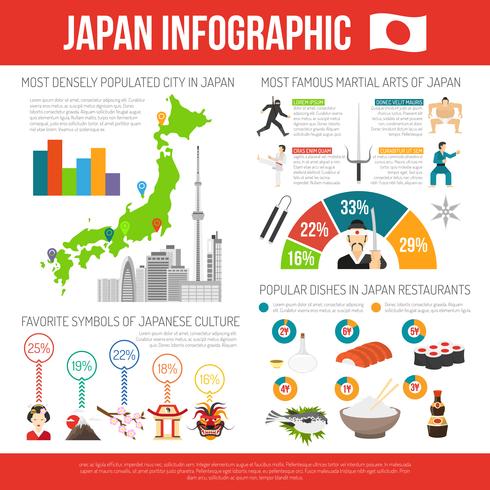The Chronicle And Development Of Martial Arts: An Examination Of Its Historic Origins And Advancement Right Into Modern Techniques
The Chronicle And Development Of Martial Arts: An Examination Of Its Historic Origins And Advancement Right Into Modern Techniques
Blog Article
Web Content By-Borup Pacheco
Step into the world of martial arts, where old origins and modern techniques collide in an exciting journey of self-control and self-discovery.
As you delve into the history and advancement of this captivating art type, prepare to be captivated by the cultural impacts, technical advancements, and extensive approach that have actually shaped it over centuries.
From the field of battles of ancient human beings to the training grounds of today, martial arts have actually stood the test of time, frequently adjusting and expanding.
Each strike, each movement, lugs with it the weight of countless years of practice and wisdom, passed down with generations. This is a story of resilience, of warriors who looked for not only physical prowess, yet also self-confidence and consistency.
Join us on this remarkable expedition as we discover the tricks, the legends, and the transformational power of martial arts.
Get ready to be influenced, challenged, and permanently altered by the background and evolution of martial arts.
Social Impacts on Martial Arts
As you explore the background and evolution of martial arts, you'll swiftly find the interesting methods which social influences have formed these battle strategies.
From the ancient human beings of China and India to the more recent advancements in Japan and Brazil, martial arts have been heavily influenced by the societies in which they stemmed.
As an example, Chinese martial arts, such as Kung Fu and Tai Chi, are deeply rooted in the ideology of Taoism and the idea of Yin and Yang.
In contrast, Japanese martial arts, like Karate and Judo, reflect the samurai warrior traditions and the worths of technique and honor.
Similarly, Brazilian fighting style, Capoeira, combines elements of African dance and songs, showing the social heritage of African slaves in Brazil.
These cultural affects not only provide each fighting style its special attributes yet likewise supply a much deeper understanding of the historical and social contexts in which they advanced.
Technological Improvements and Martial Arts
With the increase of advanced weapons and innovative training tools, you've been able to improve your skills and adjust to the ever-changing fight landscape.
Technological advancements have reinvented the means martial arts are exercised and shown. Virtual reality simulations now enable you to learn reasonable battle scenarios without the danger of physical damage. High-speed cams record every relocation, allowing you to examine and best your methods. Wearable devices check your heart price, breathing, and muscular tissue activation, providing instant comments on your performance.
Additionally, the development of customized tools, such as resistance bands and dexterity ladders, has enabled you to enhance your rate, stamina, and dexterity. These technological improvements have not only made training much more effective yet have also pushed the limits of what is feasible in martial arts, allowing you to reach brand-new heights in your practice.
The Ideology and Principles of Martial Arts
The approach and principles of martial arts are deeply rooted fit your way of thinking and instilling technique, focus, and respect in your method.
1. Way of thinking: Martial Arts shows you to create a solid and resistant mindset. It allows you to overcome challenges both on and off the floor covering, pushing your limits and being determined despite difficulty.
2. martial arts without kata : Martial Arts demands self-control and self-discipline. Through regular training and adherence to rigorous policies and methods, you learn to regulate your impulses and create a solid work principles.
3. Emphasis: Martial Arts calls for extreme focus and concentration. By training your mind to be existing in the moment, you enhance your ability to respond rapidly and successfully during fight situations.
4. Respect: Martial Arts emphasizes respect for oneself, trainers, training partners, and opponents. It teaches you to value the abilities and experiences of others, fostering a feeling of sociability and gamesmanship.
Final thought
Congratulations on finishing your trip through the exciting globe of martial arts! Throughout this expedition, you have witnessed the rich history and exceptional evolution of these battle methods.
From their ancient beginnings to the modern techniques we see today, martial arts have been formed by social impacts.
The assimilation of innovation has likewise played a considerable role in changing the method martial arts are shown and exercised in the present day.
Nevertheless, it is necessary to bear in mind that martial arts are more than simply physical fight. just click the following web page encompass extensive philosophies and leading principles that go beyond the mere act of combating.
Take https://www.wndu.com/video/2023/07/11/elkhart-man-arrested-connection-with-burglary-star-martial-arts/ to reflect on this obsolete journey and value exactly how the legacy of martial arts continues to flourish in today, transcending time and boundaries.
